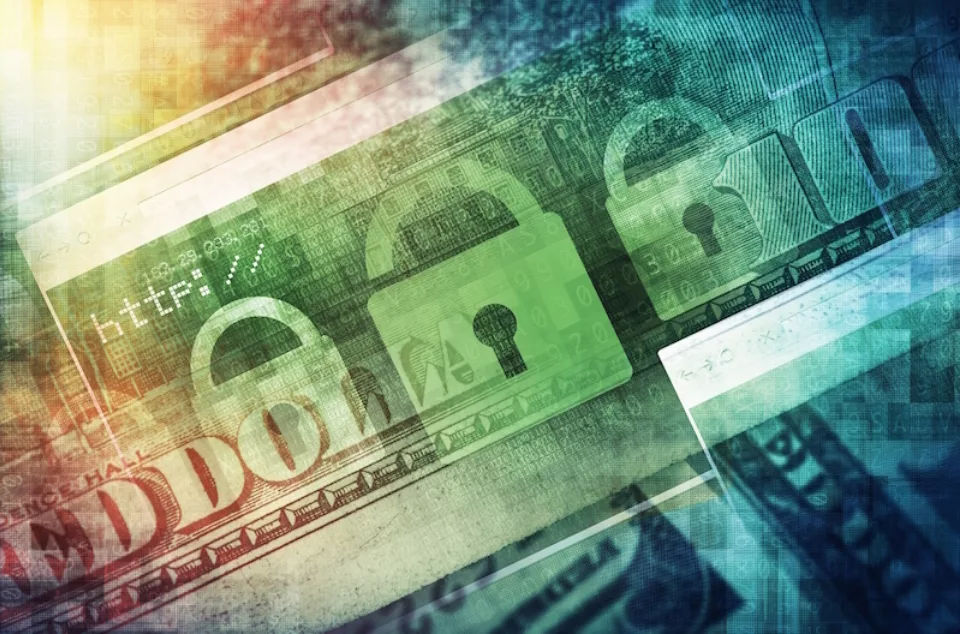Cyber Security Planning

Is cyber security topping your list of concerns? Not likely – you might know this needs attention, but cyber security probably doesn’t make your list until something happens. For instance you receive an aggressive phone call from someone who identifies themselves as an IRS agent saying pay up or be arrested, or an e-mail pops up with a suspicious looking link, or a letter from your credit card company arrives in the mail asking you to verify a series of purchases from places you have never been.
These communications are our “new” normal. So what should we do?
- First and foremost, be vigilant. a. Review investment statements and credit card bills regularly. b. Check your credit report at least twice a year to review your credit history, list of active credit cards and your credit score. c. Always shred historical personal financial data and tax returns.
- Be cautious about where and how you connect to the Internet when accessing your financial data through public or third party WiFi, (particularly overseas). Public libraries, hotels, and restaurants may not have up-to-date security software.
- Use one secondary credit card for online purchases only. Review your statements monthly, especially if you do not receive paper statements and/or use an automatic payment program.
- Only make purchases from secure sites. When banking or shopping online, look for a padlock symbol on a page (that means it is secure) and "https:// " at the beginning of the Web address (signifying that the website is authentic and encrypts data during transmission).
- Ignore unsolicited emails asking you to open an attachment or click on a link if you're not sure who sent it and why. Cybercriminals are good at creating fake e-mails that look legitimate, both at home AND at work. Opening these e-mails could install malware on your computer.
- Use the most secure process you can when logging into financial accounts. Create "strong " passwords that are hard to guess, change them regularly, and try not to use the same passwords or PINs (personal identification numbers) for several accounts. Understand the benefit of dual-authentication, which providers are increasingly implementing. This safety measure requires extra steps for you to log into accounts when do so from a different device for the first time. These steps include answering challenge questions or entering a code sent to your mobile device.
- Be discreet when using social networking sites. Criminals comb those sites looking for information such as someone's place of birth, mother's maiden name or a pet's name, in case those details can help them guess or reset passwords for online accounts.
- Be careful when using smartphones and tablets. Don't leave your mobile device unattended and use a device password or other method to control access if it's stolen or lost.
- Include children in your cybersecurity planning. Talk with your children about being safe online, including the risks of sharing personal information with people they don't know, and make sure the devices they use to connect to the Internet have up-to-date security.
- Be watchful across the generations. Look for telltale signs that your kids are being hacked or that your elderly parents are providing personal information to callers. Also, contact social security when someone dies to place the deceased's person’s social security number in their Deceased Master File.
- Know what your financial partners and custodians are doing to safeguard your personal information, and keep your advisor in the loop if you suspect that your personal data has been compromised. Your advisor will help by adding an alert to your accounts to notify providers and custodians to be on the look-out for suspicious activity. Fortunately, the ability for an imposter to access your managed funds is difficult due to the fact that there are multiple layers of security provided by both your advisor and the custodian of your funds.
Contact a Trusted Advisor
For more information or to speak with one of our trusted advisors about your unique financial needs, contact us at 800-465-2265 or submit an online form.





